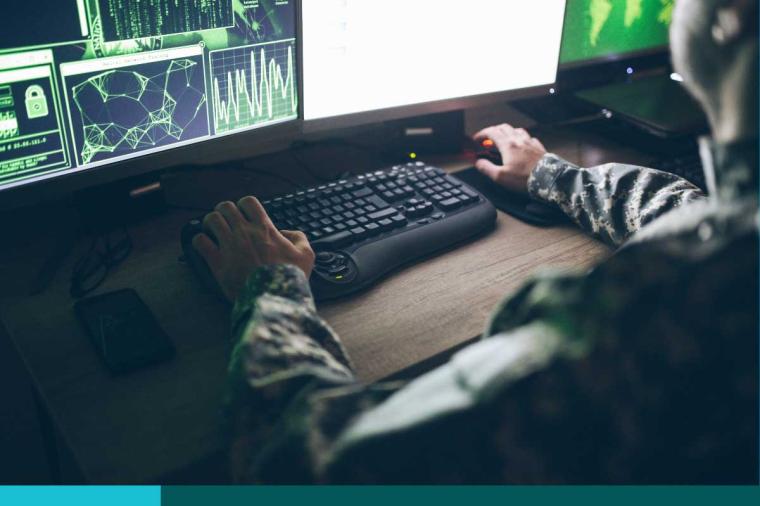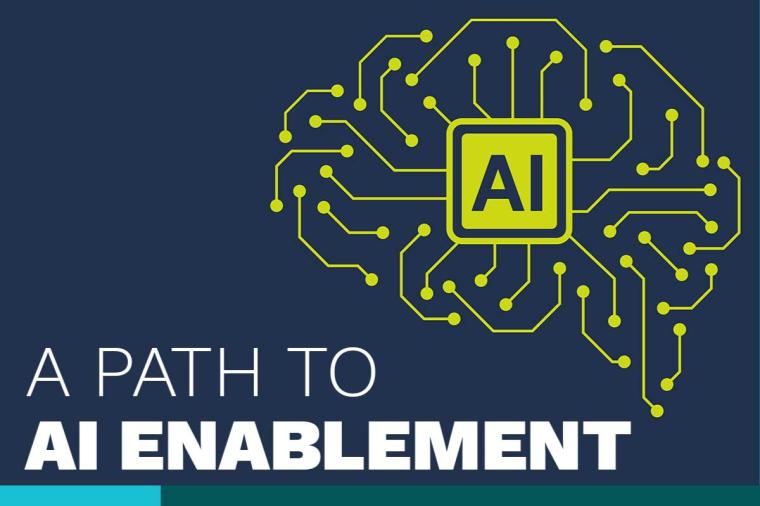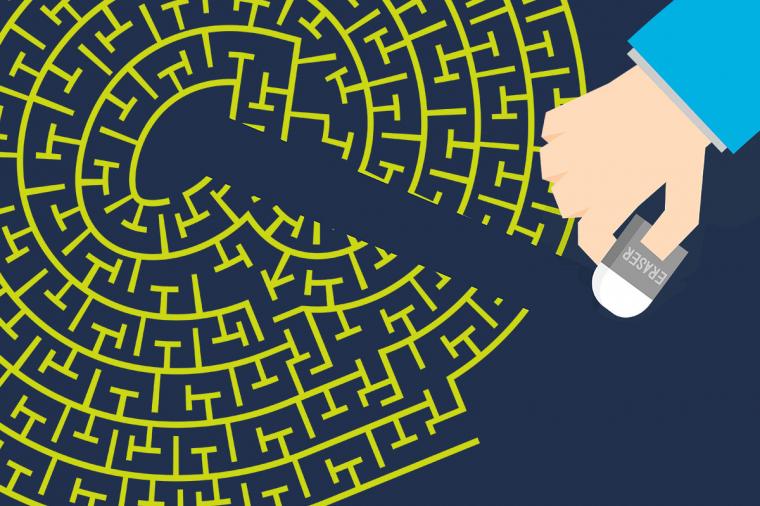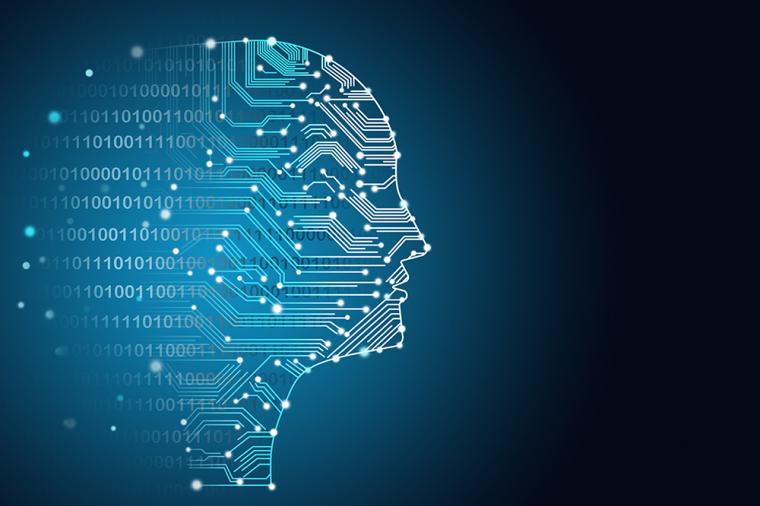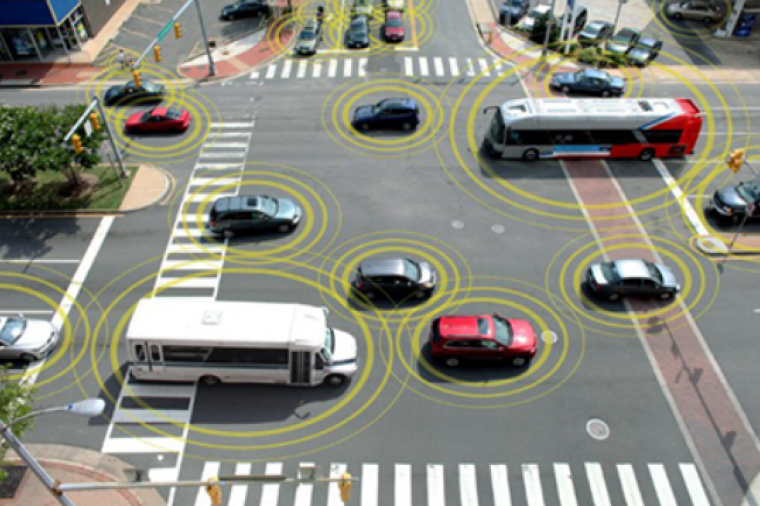Big Data in a Time of Big Viruses: How the World is Using Data & Analytics to Fight COVID-19

As the world continues to fight the spread of the deadly coronavirus, data scientists are helping them stay one step ahead. Indeed, predictive analytics, artificial intelligence (AI), and big data have emerged as a powerful tool to predict, respond to, and combat pandemic outbreaks.
Data scientists predicted the coronavirus outbreak
Three weeks before the Chinese government announced travel restrictions on the coronavirus epicenter of Wuhan, Canadian data scientists had already detected early warning signs of the impending outbreak based on online chatter across China. Using an AI-driven health monitoring platform they analyzed billions of data points – such as reports of sick people who had visited a seafood market in Wuhan – to predict the emergence of the outbreak long before the World Health Organization (WHO) and CDC. They immediately notified WHO of their early findings resulting in an early virus alert.
The same data scientists also predicted where the virus would spread to next.
Making meaning of data remains a challenge
Using AI to forecast epidemics is nothing new. But data predictions are only as good as the underlying data. As The Washington Post reports, there’s much uncertainty about the contradictory information coming from China on the number of infections and deaths, and even the way coronavirus cases are defined and counted.
“It’s so easy these days to capture data on anything, but to make meaning of it is not easy at all,” John Carlin, a professor at the University of Melbourne specializing in medical statistics and epidemiology told The Post. For example, early fatality rates for the SARS virus were 40% or higher before leveling out to around 15% or less. Similar variations in data points are emerging for coronavirus.
What can we read from this? Messy data can be cleaned up, and there’s hope in the work of different researchers that is starting to converge towards common conclusions: “…that’s also a strong if not faultless indication that we’re on the right track,” writes The Post.
Data and AI help authorities get a grip
While big data and AI is only just beginning to scratch the surface of solving the problem of virus epidemics, it is having a transformative effect on how authorities respond to and get a handle on the coronavirus outbreak.
Data analytics, AI, and machine learning have been critical to helping governments and health organizations fight the coronavirus outbreak. While more work needs to be done to stabilize and eradicate the outbreak, it’s good to see that technology is helping governments and citizens make informed decisions in a time of crisis.





